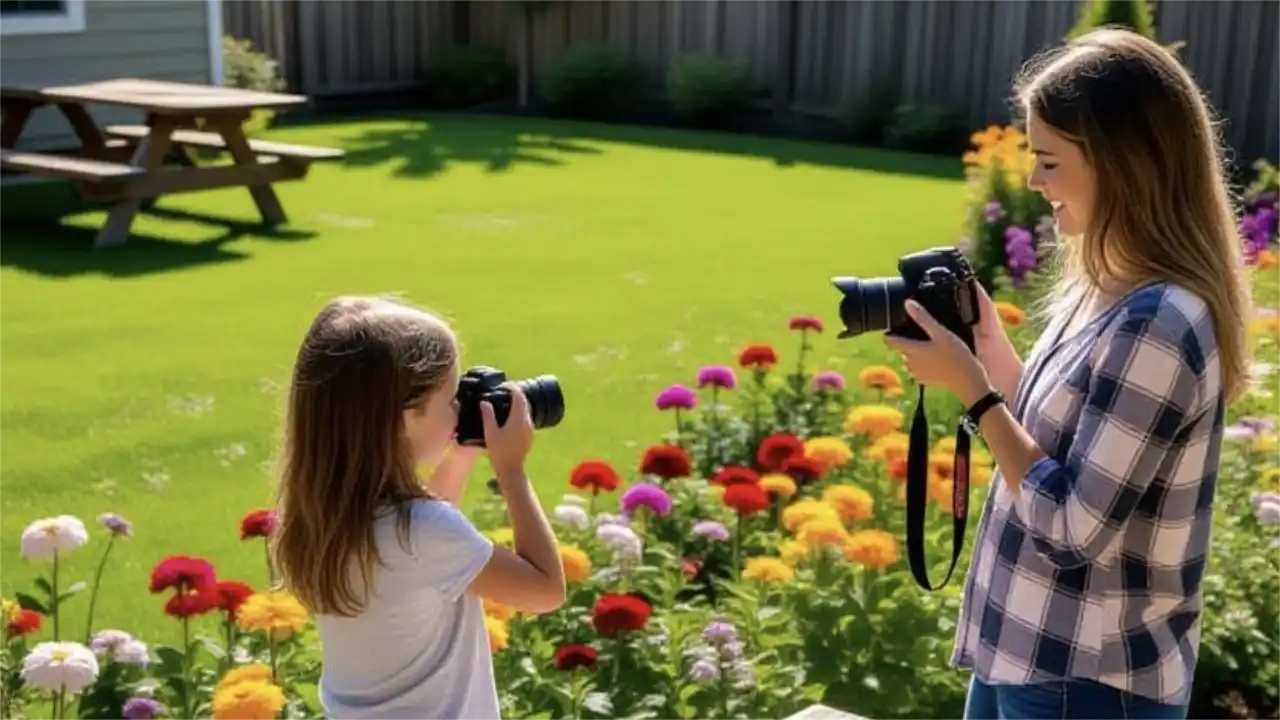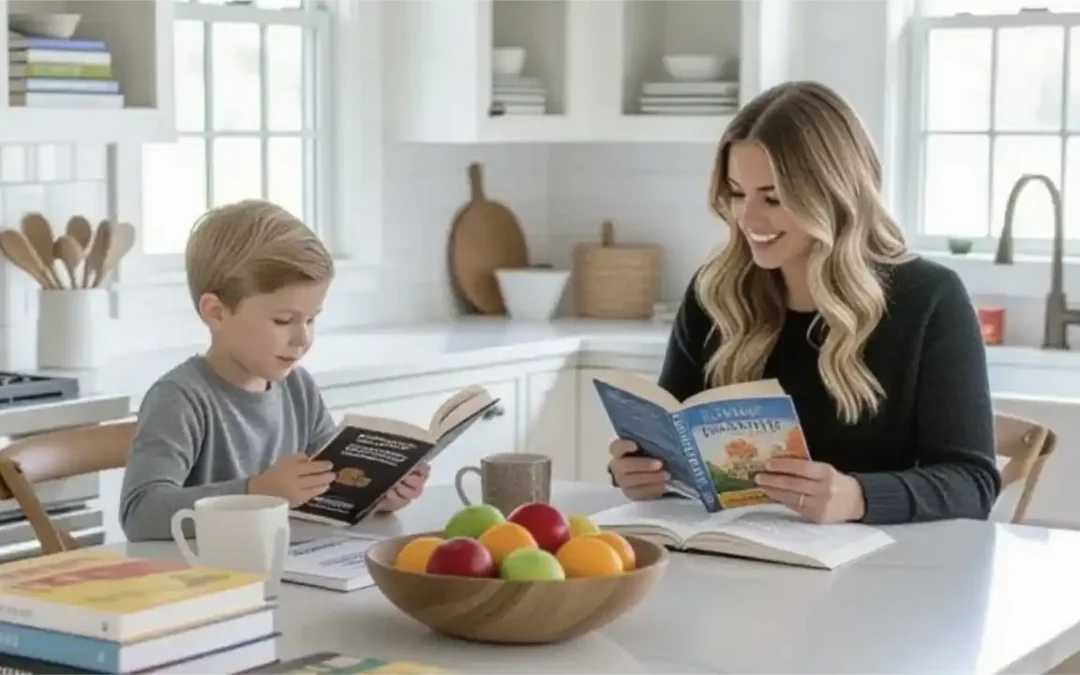
Modeling a Love for Learning: Learn New Skills Together with Hobbies
T
rying a new hobby together shows your child that learning isn’t limited to school—it’s a lifelong pursuit. Enlightenment thinkers knew this well, often diving into unfamiliar subjects simply for the thrill of discovery. Whether you’re fumbling through or finding your rhythm, the shared process builds resilience. It prepares kids for challenges in art classes, sports teams, or personal projects. Unlike classroom rewards, these efforts focus on growth, not perfection. Tools like paints, instruments, or cameras become gateways to skill, reflection, and joy. A weekly habit of asking “How did you do that?” turns your home into a space where persistence becomes second nature.
I enrolled in a photography class with my daughter—our first shots out of focus, but our laughter sharp. She squinted at her blur and asked, “Why is it fuzzy?” We adjusted lenses, compared notes, and kept clicking. By week three, her flower close-ups left my tree shots in the dust. We taped our favorites on the wall, our table a cluttered gallery of light and learning. Later, her work was featured in a school exhibit, while I found a place in a local art club. What began as a blurry start became a shared lesson in sticking with it—something she now carries into sketchbooks and sports drills.
Choose a hobby you can both learn—something fresh and hands-on. Set a regular time, use trial and error as your guide, and reflect on what worked. Keep a log of your efforts or create a portfolio of progress. Let your child share what they’ve learned at a club or family gathering. These shared projects build more than skills—they shape confidence that lasts across every new endeavor.
Modeling a Love for Learning

Modeling a Love for Learning: Think Out Loud with Math and Science Puzzles
Working through puzzles aloud teaches reasoning. Use math and science challenges to encourage problem-solving and clear expression.

Modeling a Love for Learning: Building a Culture of Readers at Home
Make reading a natural part of daily life. Model curiosity, treat books with excitement, and create rituals that celebrate literature.

Modeling a Love for Learning: Share Your Love for Books with Family Reading
Reading together strengthens connection and joy. Share stories aloud to inspire imagination, empathy, and lifelong literary love.
Table of contents

Primordial Soup for the Mind: Navigation
Navigate the book Primordial Soup for the Mind.
TIPS
- Flop proudly—it frees them up.
- Say, “How did you do that?” to share the win.
- Keep a journal for their attempts.
- Suggest weekly hobby sessions.
ACTIVITIES
- Strum Swap: Try guitar, share a chord, laugh at clunks, 15 minutes.
- Art Attempt: Paint together, test colors, swap ideas, 10 minutes.
EXAMPLE
My son’s clay pot cracked in our class—now he is our sculptor, flaws and all.

Download “Primordial Soup for the Mind: A Parent’s Guide to Nurturing Intellectual Growth”
Enter your information to get this article and hundreds more as part of the FREE book Primordial Soup for the Mind.
Share your thoughts with the Thought Academy community in the Comments section below.

Sharpen those skills!
Enter your information to get our FREE practice exercises so you can hone your critical thinking and reasoning skills!







0 Comments